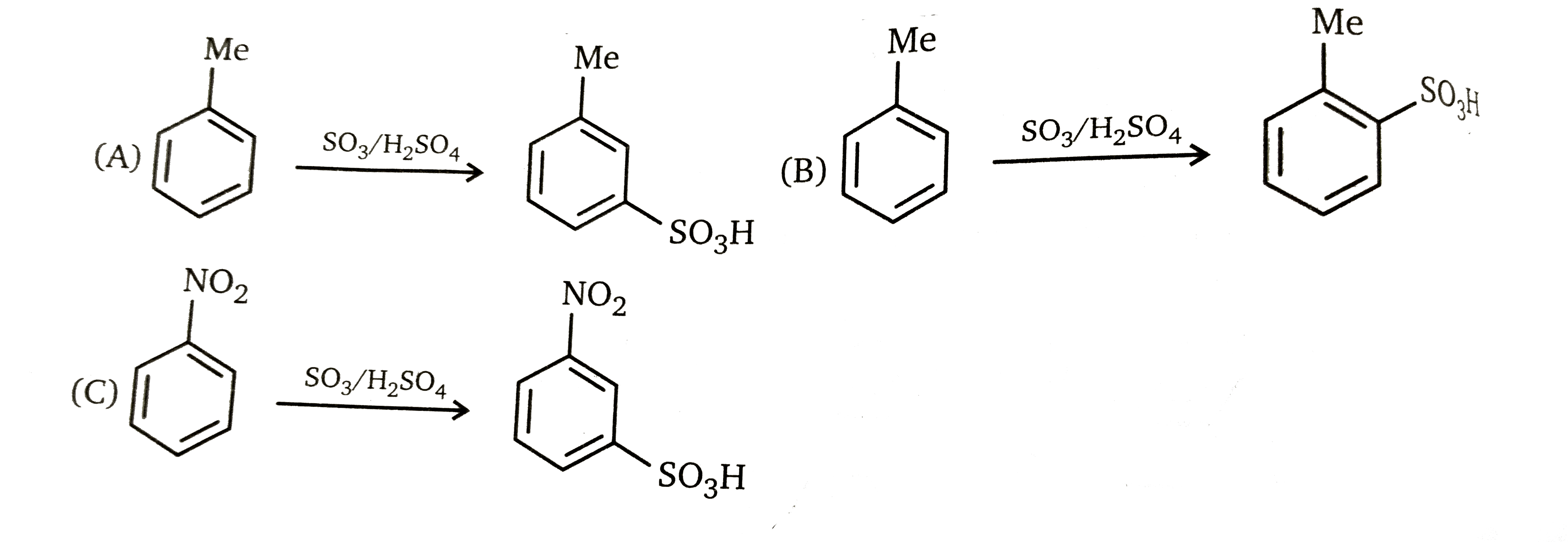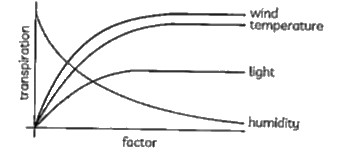Comment on the following statements.
(a) Evaporation produces cooling.
(b) Rate of evaporation of an aqueous solution decreases with increases with increase in humidity .
(c) Sponge though compressible is a solid.
(a) As a liquid changes into vapours during evaporation, it needs some energy which it takes from the surroundings. Since the temperature of the surroundings gets lowered, cooling is therefore, caused.
(b) Increase in humidity results in increase in moisture in the atmosphere. As a result, water has less tendency to change into the vapours and rate of evaporation decreases.
(c ) Sponge is basically a solid. However, it has very fine holes which are called pin holes. Air gets trapped in these holes and the size of the sponge somewhat increases. On compressing, air escapes from the pores or holes and the size of the sponge decreses.
Topper's Solved these Questions
- MATTER IN OUR SURROUNDINGS BOOK - DINESH PUBLICATIONCHAPTER - MATTER IN OUR SURROUNDINGS EXERCISE - SAQs (Short Answer Questions)
12 Videos
- IS MATTER AROUND US PUREBOOK - DINESH PUBLICATIONCHAPTER - IS MATTER AROUND US PUREEXERCISE - LAQs
10 Videos
- STRUCTURE OF ATOM BOOK - DINESH PUBLICATIONCHAPTER - STRUCTURE OF ATOM EXERCISE - Long Answer Questions
6 Videos
Similar Questions
Knowledge Check
Rank the following reactions A, B and C in order of increasing rate
(A) AB>A>CBB>C>ACA>B>CDA>C>B
AB>A>CBB>C>ACA>B>CDA>C>BA plot of various abiotic factors affecting the rate of transpiration is given below :

After analyzing the graph a student writes the following statements
(I) The rate of transpiration increases with increase in light intensity, wind speed and humidity
(II) The rate of transpiration decreases linearly with increases in light intensity , temperature and humidity
(III) The rate of transpiration decreases with increase in humidity
(IV) The rate of transpiration increases with increase in light intensity, temperature and humidity
Choose from the following which of the following would be the correct statements (s)AOnly (I)BOnly (II)COnly (III)DBoth (I) and (IV)Consider the following statements :
(I)An increase in pressure (caused by decrease in volume) at equilibrium results in increase in molar concentration of each gasous substances involved.
(II)An increase in pressure (caused by decrease in volume) at equilibrium results in increase in no. of moles of each gaseous substance involved.
(III)For the reaction A(s)⇔B(g)+C(g) at constant temperature, total pressure at equilibrium (of B(g) & C(g)) is not affected by changing the volume of container.
(IV)H2O(l)⇔H2O(g) on temperature increase K of this reaction is increased.
Tick the correct statement(s)A(I)B(II)C(III)D(IV)
_______in humidity increases rate of evaporation.
View Solution500mL of 0.2M HCN solution is diluted to 1 litre.Which of the following statement(s) is/are correct (Ka of HCN =2×10−10)
(A) pH of solution increases.
(B) pH of solution decreases.
(C) Increase in degree of dissociation of HCN increases H+ ion concentration.
(D) Decrease in concentration of solution compensates increase in degree of dissociation to decrease H+
View SolutionWhich one of the following statements is wrong?
a. Physical adsorption of gas directly related to its critical temperature.
b. Chemical adsorption decreases regularly as the temperature is increased.
c. Adsorption is an exothermic process.
d. A solid with a smooth surface.
View SolutionFor capacitors charged by the same battery, does the charge stored by the capacitor increase , decrease or remain the same in each of the following situations? (a) the plate separation of a parallel plate capacitor is increased b) the radius of the inner cylinder capacitor is increased (c ) the radius of the outer spherical shell of a capacitor is increased.
View SolutionThe following graph depicts the effect of temperature on the activity of the two enzymes A and B that catalyze the same reaction. Choose the correct statement(s) for these results.

A. The rate of reaction in each case increases with increase in temperature and declines at higher temperatures due to denaturation of the enzyme.
B. Both the enzymes A and B are thermolabile.
C. At higher temperature, the reactants become highly energized and fail to interact with the active site, thus decreasing the rate of reaction.
D. The enzyme A is from a mesophilic organism, whereas the enzyme B is from a thermophilic organism.
View Solution
